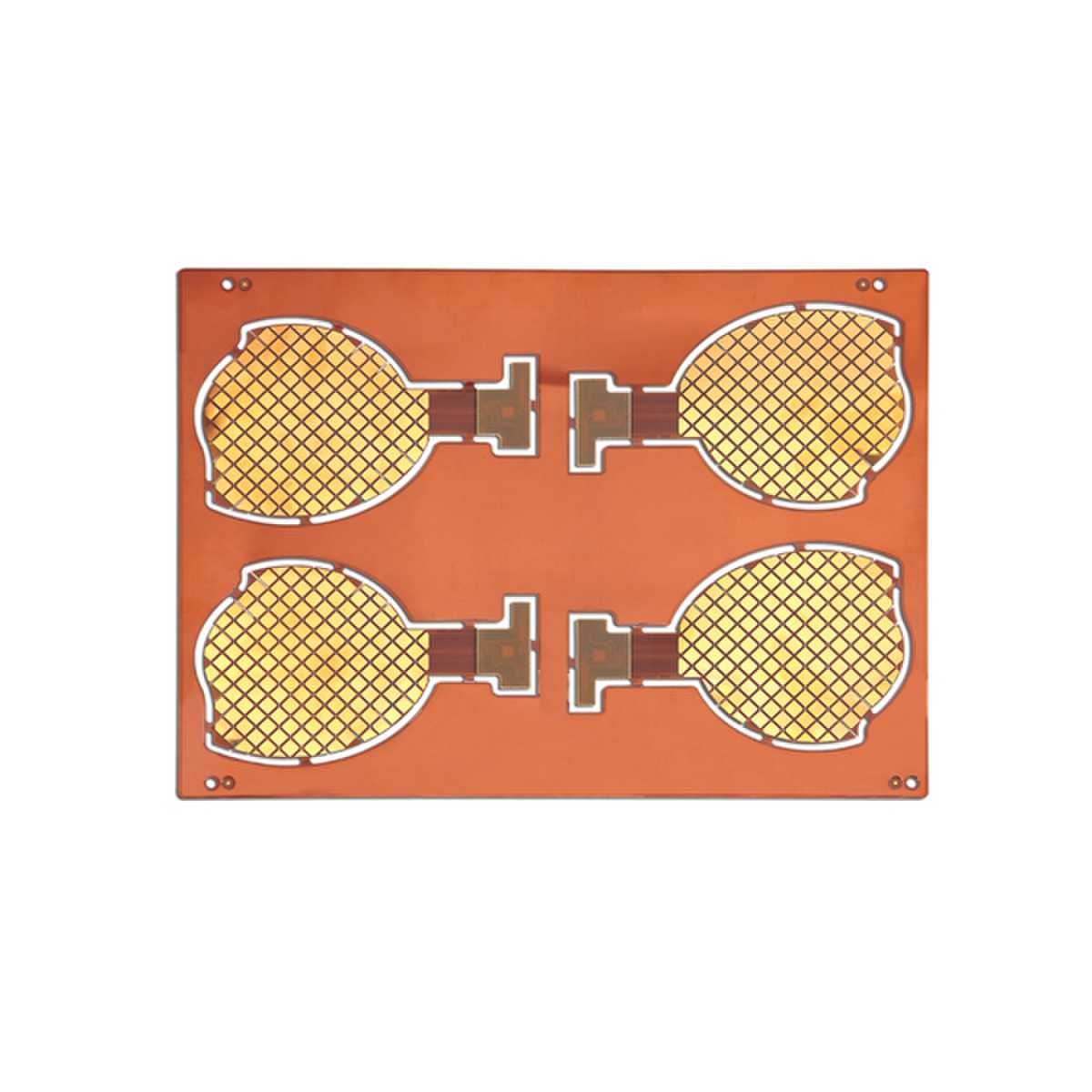Environmental performance of soft and hard board
Rigid-soft board is a new type of building material, which is composed of soft materials and hard materials. It not only has excellent physical properties and decorative effects, but also has excellent environmental performance. In today's era of sustainable development and environmental protection, the environmental performance of rigid-flex boards has attracted much attention. This article will discuss the environmental performance of rigid-flex boards and their impact on the environment.

First of all, the manufacturing process of rigid-flex boards is relatively environmentally friendly. Soft materials usually use natural fiber materials, such as bamboo, wood, etc. These materials are renewable and degradable, and will not pollute the environment. The hard material uses high-density fiberboard or wood-based panels, which can effectively use wood resources and reduce the felling of natural forests. In addition, formaldehyde-free glue is often used in the manufacturing process of flexible and rigid boards, which reduces the release of harmful gases and has a positive impact on indoor air quality.
Secondly, the rigid-flex board has good durability and stability. The flexibility of soft materials makes the rigid-flex board have better seismic performance, which can effectively reduce the damage to buildings caused by earthquakes. At the same time, the strength and stability of hard materials make the rigid-flex board have a longer service life, reducing the consumption and waste of resources. Compared with traditional building materials, rigid-flex boards have a longer service life and reduce the burden on the environment.
In addition, the combination of soft and hard panels has good sound insulation and thermal insulation properties. The fiber structure of soft materials can effectively absorb sound, reduce noise transmission, and provide a quiet and comfortable indoor environment. At the same time, the structure of the soft and hard combination board is tight, which can effectively block the transfer of heat and provide a good thermal insulation effect. This can not only reduce energy consumption, reduce the frequency of use of indoor air conditioners, but also reduce heat pollution to the environment.
Finally, the recyclability of the rigid-flex board is also a highlight of its environmental performance. Rigid-flex boards can be recycled and reused after their service life ends. Soft materials can be reprocessed into new building materials or furniture, reducing the need for natural resources. Hard materials can be recycled, and through reasonable treatment and recycling, the pollution and damage to the environment are reduced.
To sum up, as a new type of building material, rigid-flex board has excellent environmental performance. Its manufacturing process is environmentally friendly, has good durability and stability, has good sound insulation and heat insulation performance, and can be recycled and reused. The wide application of flexible and rigid boards will help reduce the consumption of natural resources, reduce the burden on the environment, and promote sustainable development. Therefore, we should actively promote and use soft and hard boards to contribute to environmental protection.
Send PCB Files to Sales@ucreatepcba.com, We Will Quote You Very Soon!
Request PCB Manufacturing & Assemble Quote Now



